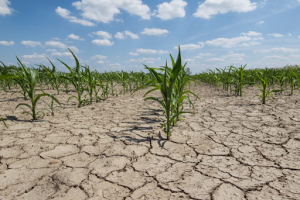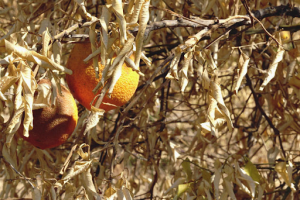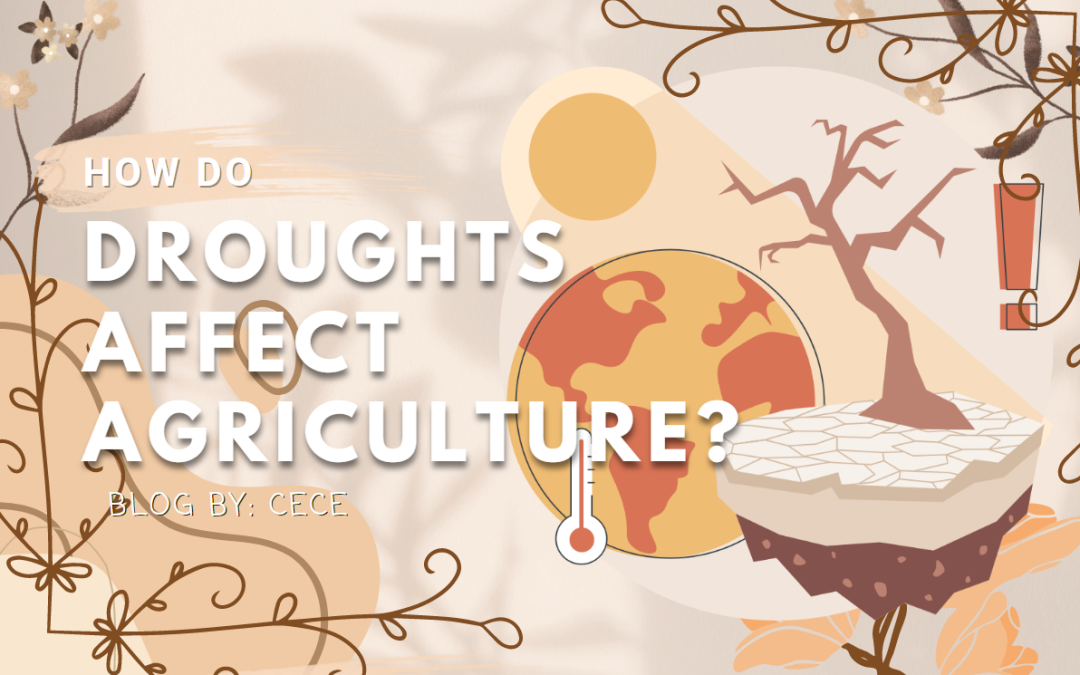Written By: Cece Ndiwa
Edited By: Ayesha
Designed By: Sophia Yap
Published By: Miriam Alonge Wato
Introduction
We often hear on the news of droughts rampaging the world most certainly in the summer, however, how often do we actually dive into issues causing these droughts and what effects they have on our environment.

What are droughts?
So, what exactly are droughts? Droughts occur when a region or area goes through a stretch of time with little precipitation such as rain or snow. They can be categorized as meteorological droughts, agricultural droughts when crops do not receive sufficient water, and lastly hydrological droughts when there is a lack of rainfall to cover rivers, water reservoirs and other. These droughts usually occur during the summer time and during dry seasons since these are the times that crops typically receive less precipitation. Other than a lack of precipitation and natural causes, droughts can be caused by climate change. As temperatures continue to rise due to increased C02 emissions, the higher temperature leads to water evaporating at higher rates.
How exactly do droughts affect crops?
As you can imagine, these conditions are not optimal for agriculture because a lack of precipitation often results in crop damage, decreased soil moisture and as well as generally a decrease in soil quality.

Reduced Crop Yields:
Droughts reduce the amount of water available to plants, which can result in reduced crop yields. This is particularly true for crops like corn, soybeans, and wheat, which require consistent moisture throughout their growing season.
For plants to develop, the soil must be moist. It influences the soil’s temperature, salinity, nutrient availability, and presence of harmful compounds. It also gives the soil structure and aids in avoiding soil erosion. Land use adaptability is determined by soil moisture content, which also serves as an important measure of soil quality and the overall status of the land system. When soil becomes too dry, it can become compacted, reducing the amount of air and water that can penetrate it. This can make it more difficult for plant roots to grow and absorb nutrients.
The effect of droughts on people
Increased Food Insecurity:
Other than their effects on agriculture, droughts can have dangerous effects such as famines affecting thousands of people. When such famines, defined as an extreme lack of food, occur, food insecurity in people in lower economic backgrounds typically increases. This often leads to increased malnutrition and higher risk of water and food borne diseases as well as a rise in food prices which significantly disadvantage more vulnerable individuals.
Conclusion
With all of this in mind, what exactly can we do individually or as a society to combat the issue of droughts? According to scientists, the number of droughts actually is on the rise due to climate change. WIth all these talks about global warming, it is crucial to discuss preventative and combative measures against droughts. One of way to prevent droughts would be to reduce fossil fuels by relying on renewable energy as doing so could slow down the rate of the effects of climate change. Other strategies could entail recycling water and by capturing stormwater. The takeaway is that though the number and severity of droughts is expected to increase, there are stills we can take to either prevent droughts from happening, or to combat these droughts when they happen.
______________________________________
References
https://education.nationalgeographic.org/resource/drought
https://www.eea.europa.eu/ims/soil-moisture-deficit
https://www.nrdc.org/stories/drought-everything-you-need-know
https://www.drought.gov/sectors/agriculture
https://reliefweb.int/report/djibouti/drought%E2%80%90related-food-insecurity-focus-horn-africa

